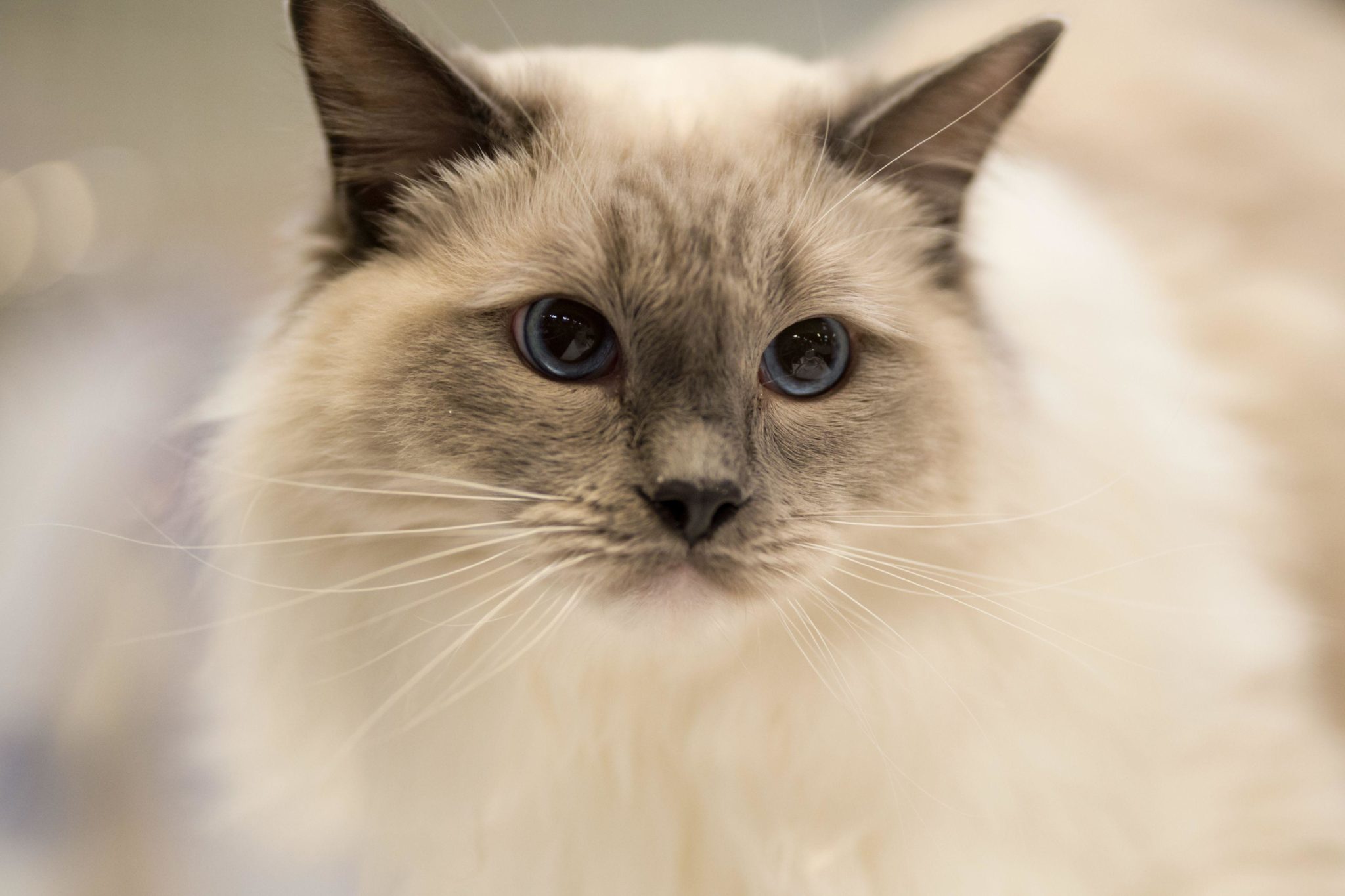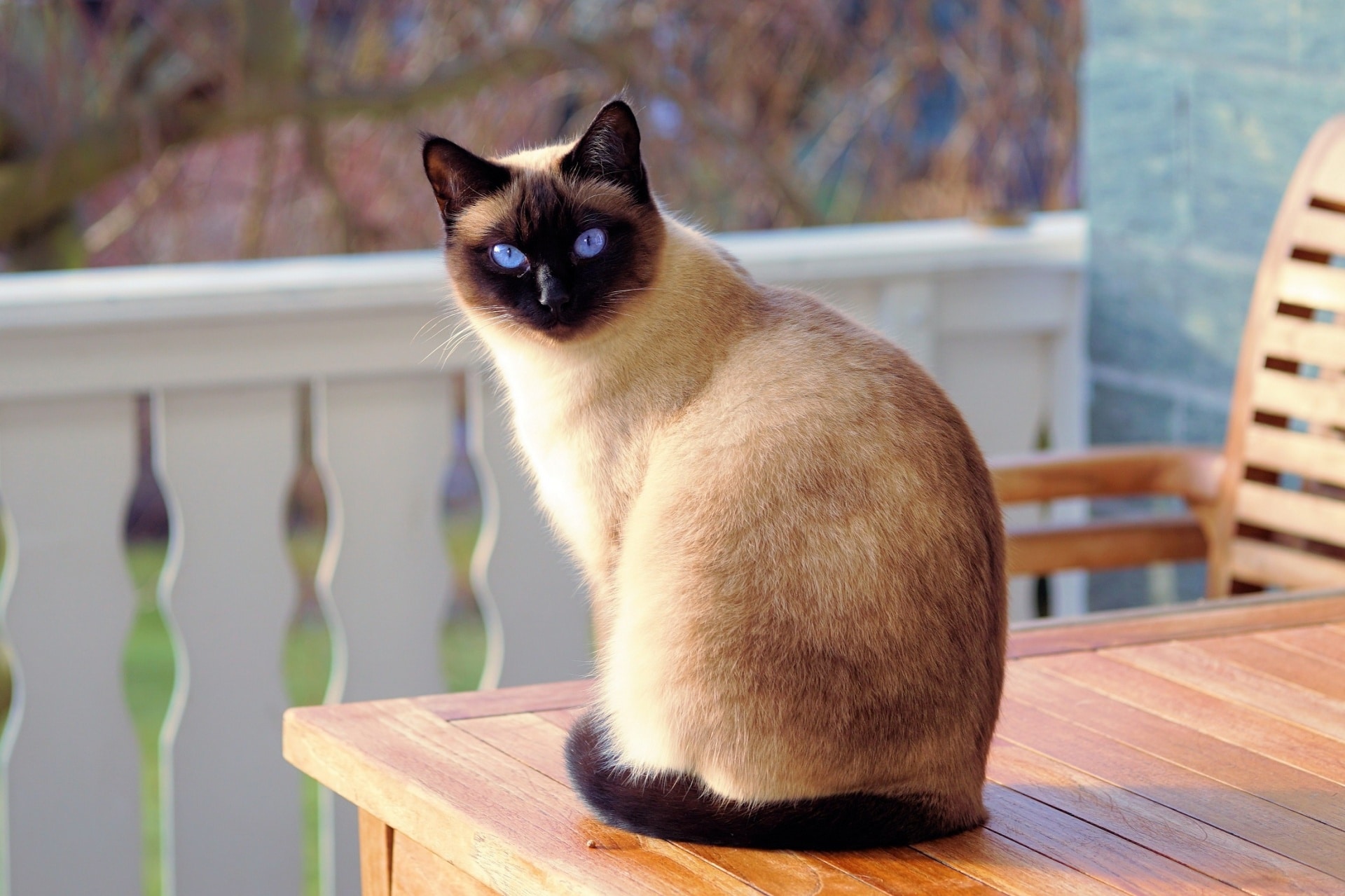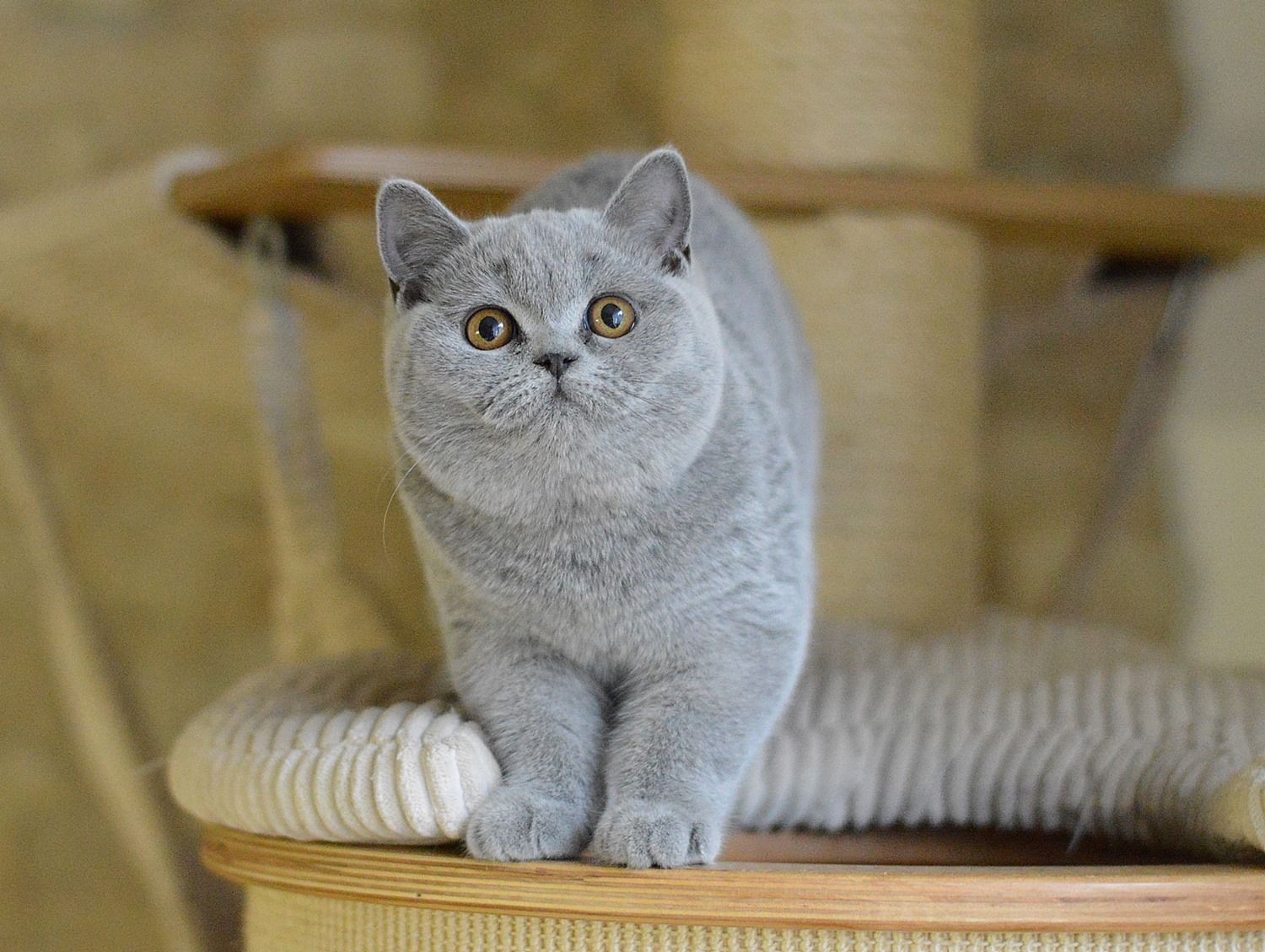
Many of us have talked about pedigree cats, but ... what does this term really mean? Why is it important to process it? If we are planning to bring home a purebred feline, this is a document that they cannot deny us, hence we have to look for a trusted breeder who is professional and who also likes the animals that take care of them as much as they deserve.
So if you want to know what is pedigree or pedigree I will explain everything to you below.
What does it mean for a cat to have a pedigree?
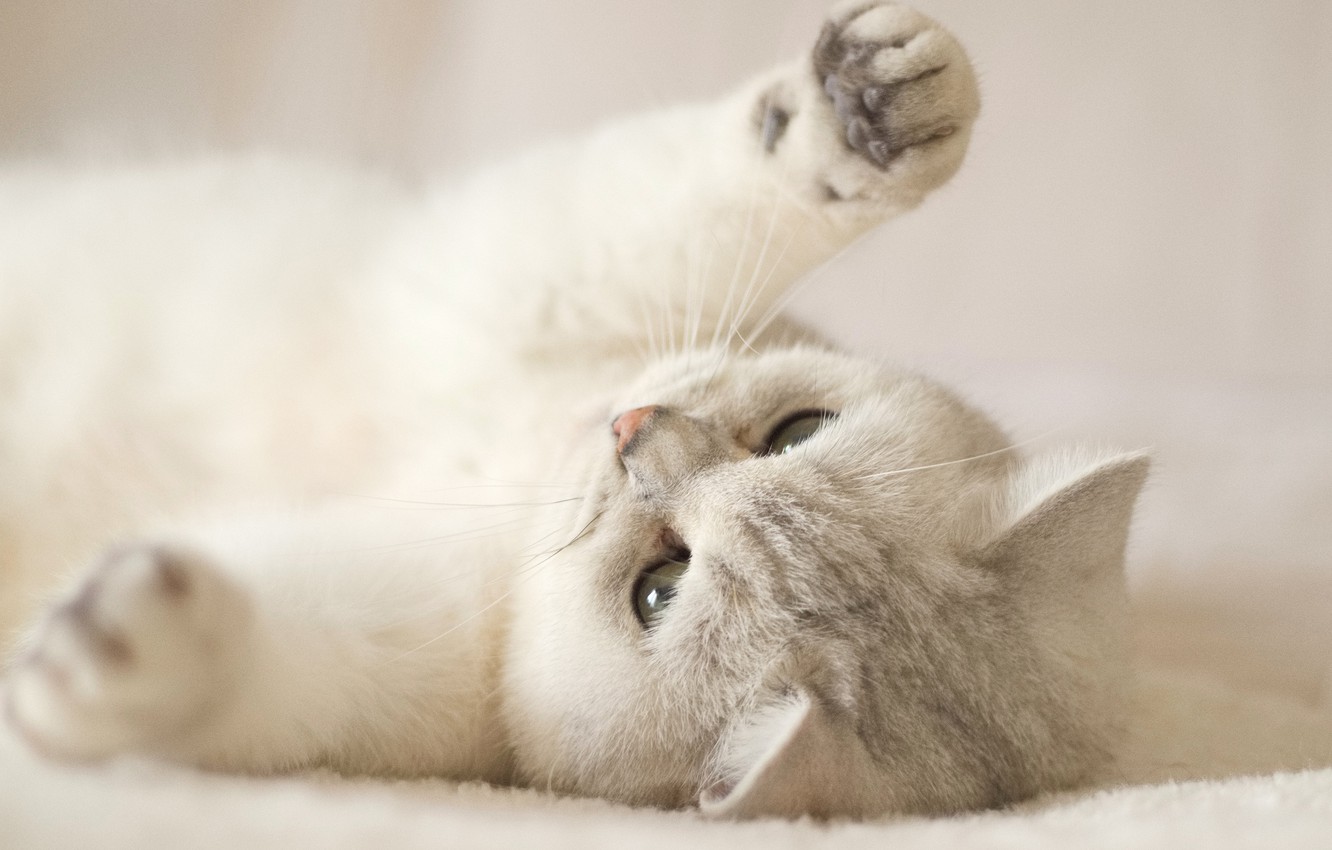
The pedigree It is a document containing the genealogical tree or the certificate of origin of the animal that a specialized organization issues. It includes the names of the parents, grandparents and great-grandparents of the feline that we want to take home, as well as the titles they have obtained.
In addition, in a good certificate we will find the proper name of the cat that we acquire, the breed to which it belongs, the sex, the color of the hair and brands, date and place of birth, date on which we acquired it, and information on the cattery of where the animal and its ancestors come from.
How to process the pedigree?
The pedigree it is processed by the breeder's manager, which will be the one who registers the litter with an association such as FIFE or TICA. We, as buyers, at the time of acquiring the animal we already have to take a photocopy of that document home, since with that paper We can go to any of the aforementioned associations to register our kitten.
At what age should cats be delivered?
The cats cannot be separated from the mother with less than two months, but if they are also of a breed that has a large size (such as the Maine Coon and let's not say the Savannah) must not be delivered with less than three months. At that age, with twelve weeks, they will receive the quadrivalent vaccine, so they will be fully immunized.
How to recognize a pedigree (or pedigree) cat
If you want to have a pedigree cat, you may start looking online but it is necessary that you know how to recognize one when you see it to know that you are making the correct purchase of the desired animal. It is not as simple as finding the breed cat you want, contacting the breeder or advertiser and buying it and that's it. It is not all that simple.
The cat may not be what you think it is. Some cats are advertised as pedigree and belong to a particular breed, when in fact they are not pedigree or it is a cross between two known breeds. So what can you do about it? How can you recognize a pedigree cat?
A non-pedigree cat can be advertised as a pedigree cat
Sometimes this happens simply out of ignorance on the part of the advertiser. Some people think that all long-haired cats are Persians, all lazy, laid-back cats are Ragdolls, or all large, fluffy, tabby cats are Maine Coons., for example. You could see a cat with Siamese type markings, and just assume it is a Siamese. But this is not the case, as will be explained later; there is much more than this.
Other people, sadly, are deliberately trying to mislead. There are unscrupulous people in the cat world as much as anywhere else, and you can't just assume a cat is of a particular breed because the seller says so. Sometimes this is taken to ridiculous extremes, with shorthair tabby kittens that advertise themselves as Maine Coons, for example. Therefore, Buying a pedigree cat is really a case of 'Beware the buyer' and having an idea of what you are looking for.
Of course, if you like the kitten or cat that you buy, it doesn't matter that much in one sense. But on the other hand, pedigree cats are expensive, and you really shouldn't have to pay hundreds of euros for a non-pedigree kitten, no matter how beautiful, no matter how much it looks like a particular breed, and for much that you like. People are fooled this way quite often, and you don't want to be one of them. So what can you do to prevent this from happening?
Look up the breed information
When you've decided what breed you want, you need to do a little research and find out as much as you can about it. There is a wealth of information in books and on the Internet about each breed. So look at the pictures, find out exactly what that breed looks like and what colors it comes in. Discover everything that has to do with the breed that interests you.
Better yet, check out some examples of the breed you want. If you can, visit a cat show where they can advise you. When you're there, look at the breed's cats and kittens and, if possible, talk to owners and breeders about what that breed looks like and what it's like to own. You can even find someone there who is willing to sell you a kitten of the breed you want, or that a reputable breeder can recommend you.
The definition of a non-pedigree cat is if they do not belong to any of the recognized purebred cat groups. In Britain they are popularly known as mobies and are sometimes referred to as stray cats in the United States. In the world of dogs they would be known as stray dogs. Although these cats are not pure bread, may exhibit characteristics of an established breed.
There is nothing to suggest that non-pedigree cats are in any way inferior to larger cousins or purebred cats. A non-pedigree pet may have the best characteristics of a particular pedigree.
Which means that the best part of these purebreds are contained in a mixture known as a domestic feline. In many cases, you will find that this house cat has fewer health problems, a calmer temperament and it will be a better pet.
Pedigree cats can have some problems
One of the main reasons for this is that overbreeding and genetic manipulation of a pedigree cat can cause inherent health problems. A shorter life and a less than desirable temperament too it's a real possibility with some races.
An example would be the peak facing the Persian. This cat was bred to have a shortened nose and flat-faced style profile. Breeding has resulted in breathing and airway problems for this particular breed. You may also find that this animal develops tear duct problems and has an improper jaw closure. This can create eating difficulties, as well as various types of dental problems.
The papers have to be correct
A pedigree cat is not just one that looks a particular way. You should have a printed or handwritten 'Pedigree', which is basically the cat's family tree, showing who its parents, grandparents, and previous ancestors were, from four to five generations. When you buy a pedigree cat, you should definitely get a copy of this pedigree, at the very least.
If one is not offered, ask why. It could be that the cat's paperwork has been lost for some reason, and you may be willing to accept this. If the cat is a rescued cat, for example, it may not have paperwork. But if that's the case, you have no real proof that the cat belongs to the breed that the seller claims does, and you may not want to pay a lot of money for it.
Also, be very careful to pay a lot for advertised kittens such as Persian / Siamese crosses. These may be lovely kittens, but they are not members of a particular breed; they are cross breeds and therefore basically cross cats. So you really shouldn't have to pay pedigree-type prices for them..
Of course, it's totally up to you which cat or kitten you buy, and if you like it, it might just be the cat for you. There are many beautiful crossbred cats, and a large number of them need good homes, and they cost much less than pedigree cats. But if you particularly want a pedigree cat, then you have to be well informed and go into this with your eyes open.
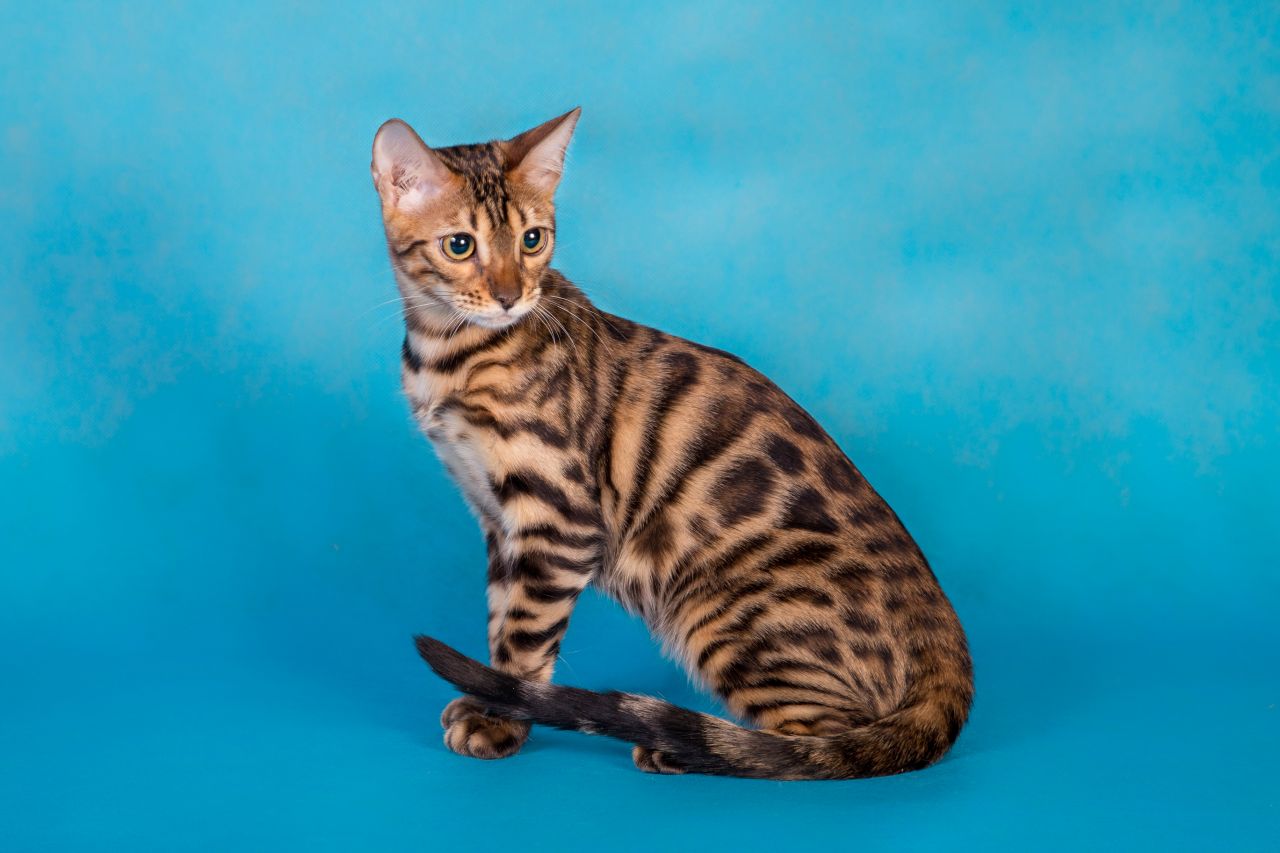
Did you know what the pedigree was?
